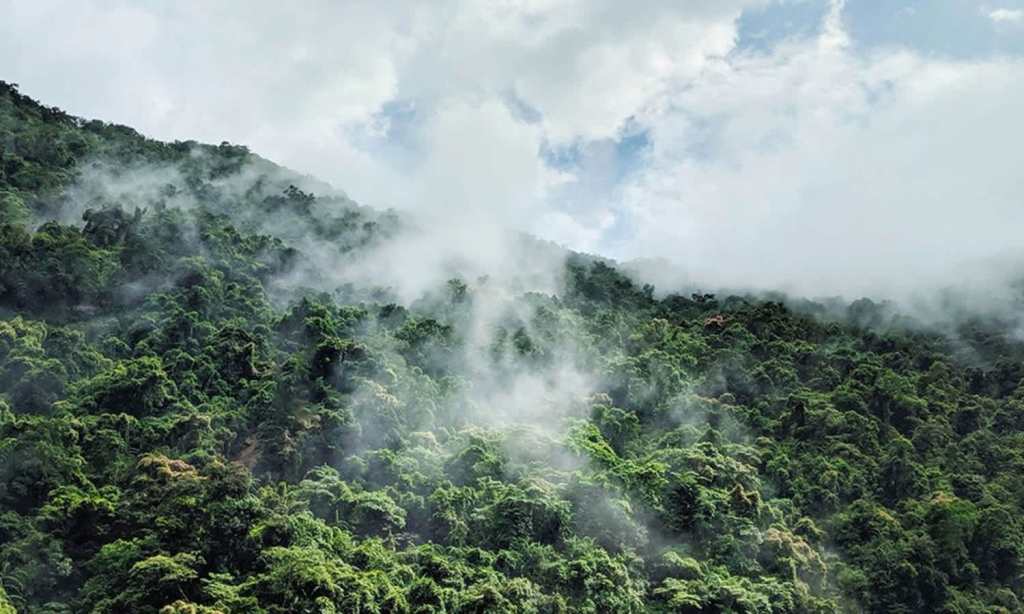Climate change is the single greatest threat facing humanity today, and rapid deforestation is a major contribution to rising temperatures.
Currently, only 15% of the world’s original forests remain intact, despite an annual loss of 13 billion trees — fewer than half of which are ever regrown.
In order to limit global temperatures rising 1.5 degrees Celsius, the Intergovernmental Panel on Climate Change says one billion hectares of forest must be planted. That’s a land size greater than the entirety of Australia.
Thankfully, one Canadian eco-start-up is working to do just that, quickly and efficiently, with drone technology. Flash Forest is a reforestation company that uses the latest and emerging technologies to plant new trees and is on a mission to combat deforestation and sequester carbon.
“We started Flash Forest with one clear goal: healing our planet’s lungs. Until that job is done well, no other job matters,” Flash Forest says on its site.
The group uses aerial mapping software, drone technology, pneumatics engineering, automation, ecological science and “a lot of passion” to plant new trees in post-harvest and post-wildfire at a speed 10 times the pace of current technologies.
Currently, as the company works to plant trees in Toronto upon bushfire-affected lands, the Flash Forest drones are able to seed 10,000 to 20,000 seed pods a day. Projected technological advances foresee the drones to plant around 100,000 trees in one day, and improvements like these will help the company reach its forestation goals of one billion trees planted by 2028.
Not just any old trees, though — Flash Forest is working to honour native landscapes and prioritise biodiversity by planting species native to individual lands.
“We work with local seed banks and also take into account that the different changes that climate change brings with temperature rise, anticipating what the climate will be like in five to eight years when these trees are much older and have grown to a more mature stage, and how that will affect them,” Angelique Ahlstrom, Flash Forest’s co-founder and chief strategy officer, tells Fast Company.
In addition to planting, the Flash Forest drones also have the ability to track the development of its seedlings. In some cases, the team will revisit the sites in the months and years following forestation to check how much carbon is actually being sequestered.
Right now, tree-planting drones are working their magic in Canada, however, the start-up has scheduled in a reforestation project to plant 300,000 trees in Hawaii, according to Fast Company. Projects in Australia are also being planned following the horrific bushfire season of 2019/2020.
“Planting trees is currently the fastest and cheapest way to sequester carbon. With billions of trees planted each year, we can tip the scales on the climate crisis,” Flash Forest says on its site.
“The latest UN report shows that countries across the world are failing to meet national conservation targets. With one million species at risk of disappearing within a decade and a sixth extinction on the rise, we are eager and ready to work with companies and agencies across who want to support our reforestation efforts,” the team said in a recent Instagram call-out.
“We encourage you to reach out to help us solve this problem together now.”
Find out more about Flash Forest’s mission now.







